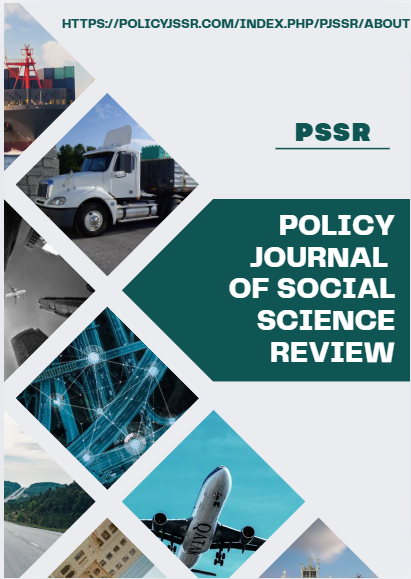THE IMPACT OF PEER PRESSURE AND SOCIAL NETWORKING ON SUBSTANCE USE AMONG YOUTH IN PESHAWAR
Abstract
Substance use among youth has become a challenging global public health concern. The issue is influenced by social and environmental factors. This study investigates the impact of peer pressure and social networking on substance use. Using Social Learning Theory as a foundation, the study adopts a quantitative, cross-sectional approach, using standardized instruments: the Peer Pressure Resistance Questionnaire (PPRQ), the Social Networking Addiction Scale (SNAS) and the Drug Abuse Screening Test (DAST-20). A sample of 200 male in-patients diagnosed with substance use disorder was drawn from the Alkhidmat Psychiatric and Drug Rehabilitation Center in Peshawar. Descriptive statistics indicated moderate levels of peer pressure (M = 78), social networking use (M = 62.72), and a high risk of substance use (M = 29.71). Regression analysis revealed that peer pressure positively predicted substance use (β = .26, t(197) = 3.13, p = .002), while social networking use was a significant negative predictor (β = −.23, t(197) = −2.82, p = .005). Peer pressure and social networking use demonstrated a substantial positive correlation (r = .54, p < .001). Intervention programs should promote youth resilience to peer pressure, responsible social media use, and healthy activities.
Keywords: Substance Use, Youth, Peer Pressure, Social Networking, Social Learning Theory, Dug Addiction, DAST-20, PPSQ, SNAS.





